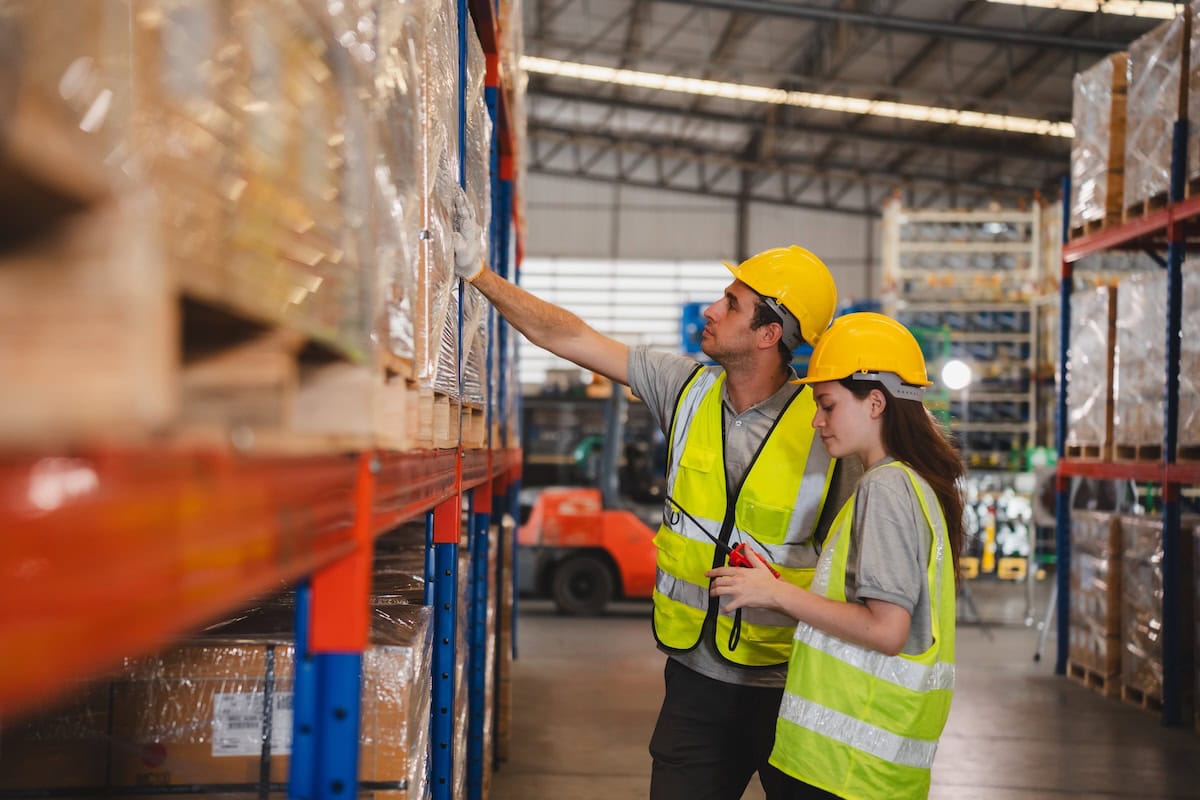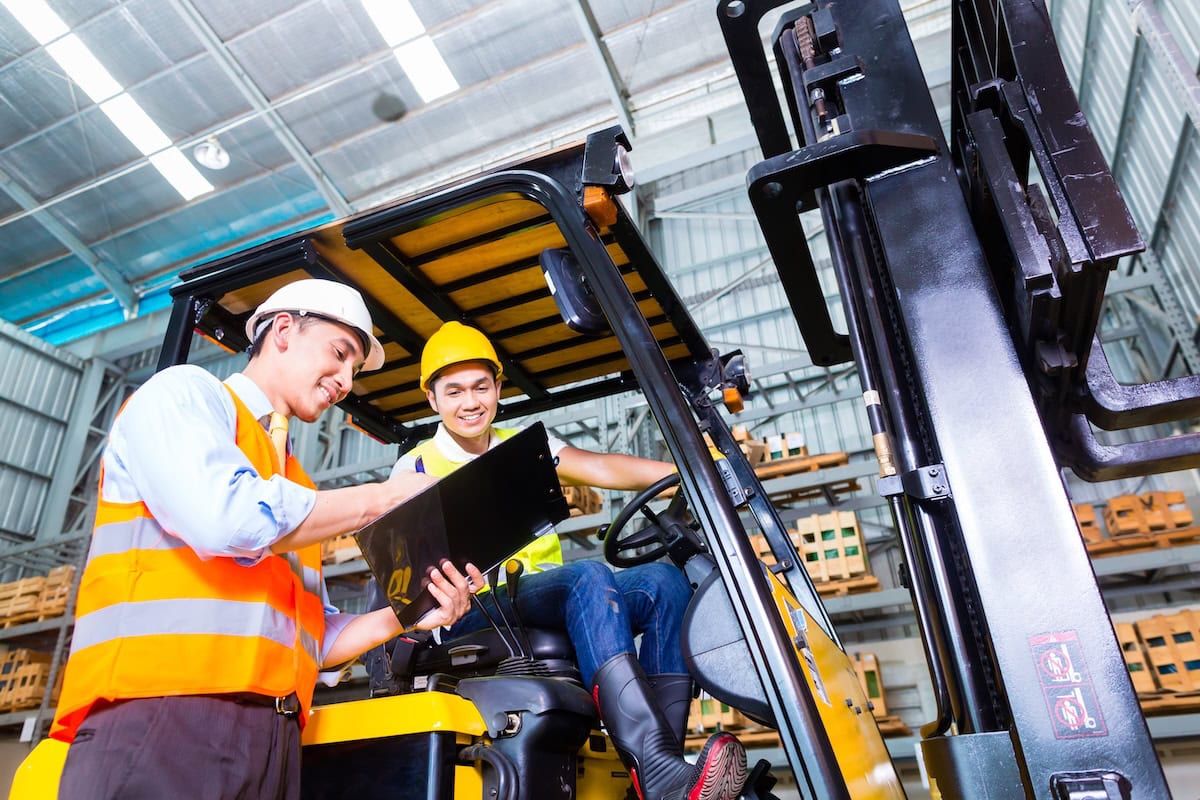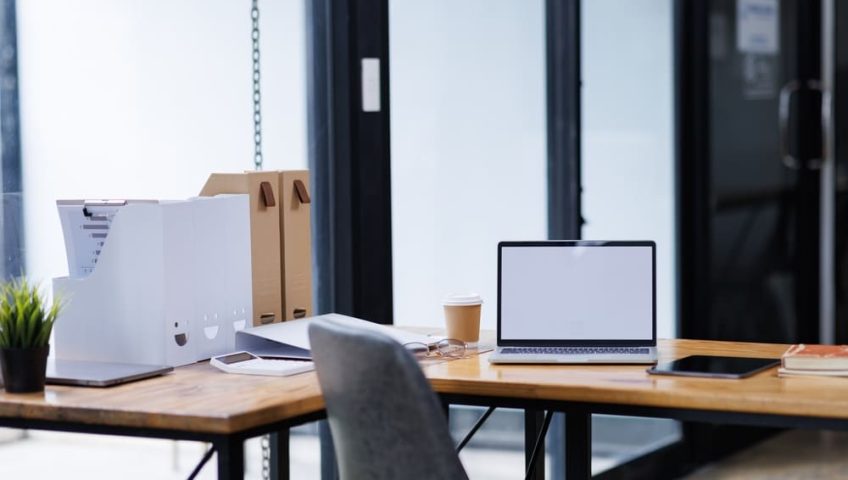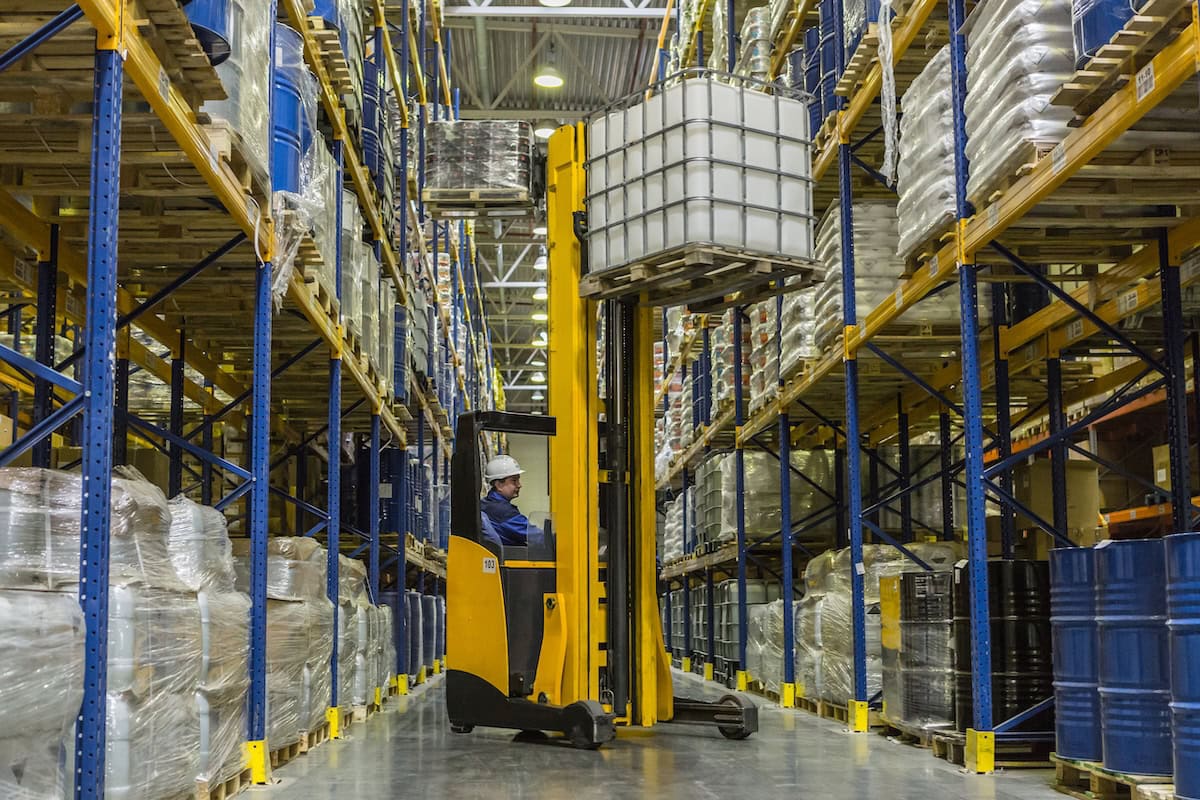
If you’re considering a storage solution for your warehouse, Drive In pallet racking could be an ideal option for maximizing space. But what exactly is Drive In racking, and what type of warehouse should use this system? This article will introduce you to the concept of Drive In racking, its advantages and limitations, and help you determine which warehouse environments are best suited for this system. We will also explore who should use Drive In racking systems to ensure you make the right choice for your business needs.
What is Drive In Pallet Racking ?
Drive In racking is a pallet storage system designed to increase density, especially in warehouses with limited space. Forklifts can drive into the channels between racking systems to directly place or retrieve pallets. The system operates using the Last In, First Out (LIFO) or First In, Last Out (FILO) principle, focusing on accessing goods from only one side of the racking.
How It Works
Drive In racking structures feature rails for stacking pallets, allowing forklifts to drive deep into the structure to store pallets several layers deep. There is no need for aisles between rows of racking, which optimizes storage space in depth.
Pros of Drive In Racking
- Maximizes storage space by using up to 50-80% more space compared to traditional racking systems.
- Can support heavy loads, typically ranging from 1 to 5 tonnes per level.
- Ideal for goods that are not picked frequently, such as items stored in cold storage or raw materials in production cycles.
Limitations of Drive In Racking
- Goods can only be accessed from the front, making it unsuitable for FIFO (First In, First Out) inventory systems.
- Not suitable for warehouses with a wide variety of products or many SKUs, as items of the same type must be stored in each channel.
- Requires advanced forklift driving skills, as forklifts must navigate narrow aisles between racks.
Which Type of Warehouse is Suitable for Drive In Racking?
Drive In racking is perfect for warehouses that prioritise high-density storage, such as:
- Warehouses storing large quantities of the same product: For example, food products, raw materials, or packaging items with the same SKU that need to be stored in large volumes.
- Warehouses with limited space that need to maximize vertical and deep storage: Since pallets can be stacked multiple layers deep, this system makes efficient use of both vertical and horizontal space.
- Low turnover warehouses: Ideal for products that are not frequently accessed, such as seasonal items or raw materials, which are stored according to production cycles and not needed daily.
- Cold storage warehouses: The compact storage method helps reduce energy loss in temperature-controlled environments, offering long-term cost savings.
- Warehouses where forklifts enter and exit from only one side: Drive In racking systems are designed so that forklifts can enter from the front and retrieve goods from deep within without requiring multiple access points.
Which Type of Warehouse Is Not Suitable for Drive In Racking?
While Drive In racking is highly space-efficient, it may not be ideal for every warehouse, especially in the following situations:
- Warehouses with multiple SKUs and frequent stock rotation: Managing a variety of products can be challenging, and the risk of errors increases, making it unsuitable for such environments.
- FIFO-based warehouses: If your warehouse operates with a FIFO (First In, First Out) system, this type of racking is not appropriate, as it uses the FILO (First In, Last Out) method.
- Warehouses that require high flexibility for frequent stock movement: Drive In racking is not suitable for environments where goods need to be picked and replenished daily or with high flexibility.
In such cases, alternative pallet racking systems, like Microrack, which offer more flexibility for handling and picking, may be a better choice.
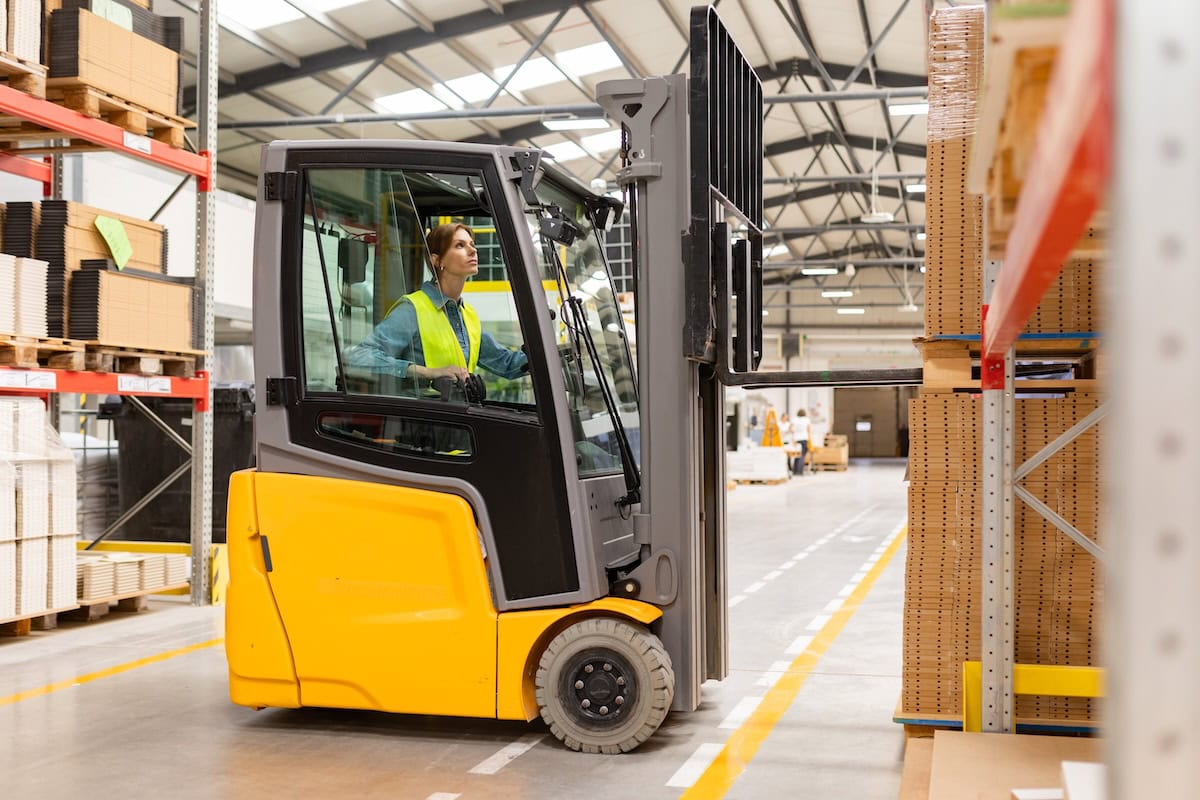
Comparing to Microrack: A More Flexible Alternative
If your warehouse stores multiple types of goods or requires frequent stock handling, Microrack might be a more suitable choice. Here’s why:
Key Features of Microrack
- Suitable for lightweight to medium-weight goods.
- Adjustable shelf heights depending on the type of product.
- Ideal for Manual Picking systems.
- Can accommodate multiple SKUs and categorized storage.
Tellus Can Design Your Perfect Storage Solution
If you’re looking for a racking solution that meets both your space and product type requirements, whether it’s Drive In pallet racking systems or Microrack for greater flexibility, Tellus is here to provide expert consultation and design a solution tailored to your warehouse. Contact us today to start enhancing your storage efficiency! Call 02-643-8044
Reference
- FIFO, LIFO, FEFO แตกต่างอย่างไร? มาตรฐานการจัดเก็บ และการหยิบสินค้า ที่คลังสินค้ามาตรฐานควรมี. Retrieved on June 17, 2025 from https://www.meowlogis.com/fifo-lifo-fefo





